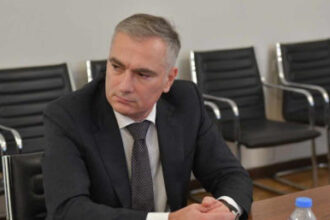**Ukraine Overhauls Military Personnel Policies**
On November 15, Ukraine took a significant step towards modernizing its military personnel policies. The government implemented a new mechanism allowing soldiers to transfer between units based on their preferences.
**The Old System Was Flawed**
Until now, soldiers were permanently attached to their units. This led to problems like being stuck with bad commanders who made poor decisions that resulted in human losses and lost positions. Good commanders, on the other hand, took care to minimize casualties and ensure each soldier used their skills effectively.
**The Reform Is a Game-Changer**
The new system aims to balance individual preferences with operational needs. Soldiers can transfer to units where they can be more effective. This means that soldiers in logistical or training units can move to combat units, while those in non-combat units can switch to other non-combat roles.
**Early Successes and Broader Implications**
In the first days of operation, over 500 transfers were approved. The Army+ platform has registered 1,400 military units and processed 25,000 reports overall, with 410,000 service members using the system.
**Limitations and Challenges**
Most transfers still require permission from current commanders, which presents a crucial limitation to the reform’s scope. There are also objective complications, such as transfers being complicated for officers or service people responsible for equipment.
**A Step Towards Broader Reform**
Civil society activists view this as an initial step towards broader reform. The reform is structured as a two-year experimental project, and after completion, the Ministry of Defense will submit a report to the Cabinet of Ministers along with proposals for legislative changes.
**A New Era for Ukraine’s Military Personnel Management**
The reform represents a significant shift in Ukraine’s military personnel management, potentially improving both operational effectiveness and troop morale. It also introduces a market-based feedback mechanism into military leadership evaluation.













